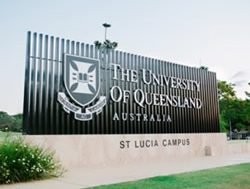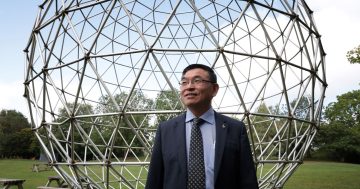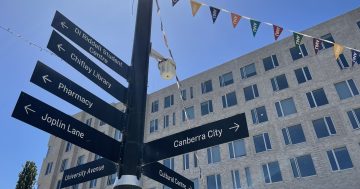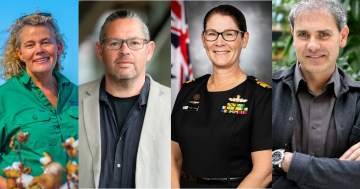 A new building on the University of Queensland’s (UQ’s) St Lucia campus has the potential to unlock ways for Australia to transition to a sustainable, zero-emissions economy.
A new building on the University of Queensland’s (UQ’s) St Lucia campus has the potential to unlock ways for Australia to transition to a sustainable, zero-emissions economy.
The Andrew N. Liveris building houses UQ’s School of Chemical Engineering and is equipped with labs and technology that will spearhead research capabilities most universities have not seen before.
Vice-Chancellor of UQ, Deborah Terry said the building further reinforced the university as a leader in chemical engineering.
“As shown in the recent QS World University Rankings by Subject, UQ is in the top three chemical engineering schools within Australia and this building will greatly enhance our capabilities to find solutions to global challenges,” Professor Terry said.
“This building also further cements the vital work happening across the university to help lead Australia towards a more sustainable future and reach net-zero emissions by 2050,” she said.
Professor Terry said the 11-storey building featured 500 square metres of teaching space and 2,000 square metres of laboratories.
“It also has glass-walled research laboratories, allowing visitors to watch research as it happens, and fit-for-purpose equipment to allow researchers to safely test reactors, x-ray machines and lasers,” she said.
“Thousands of students from across the university will use the building, including the 600 undergraduate and masters students and 200 higher degree students in the School of Chemical Engineering.”
Professor Terry said the building was named after chemical engineering alumnus (1975) and global business leader, Andrew Liveris in a fitting acknowledgment for one of UQ’s most accomplished graduates.
Mr Liveris and his wife, Paula donated $13.5 million to establish the Andrew N. Liveris Academy for Innovation and Leadership, which is housed in the new building.











